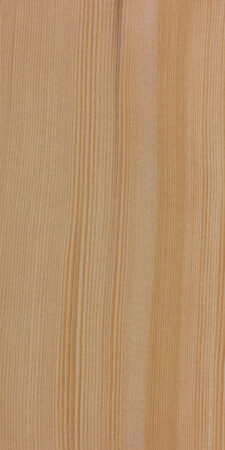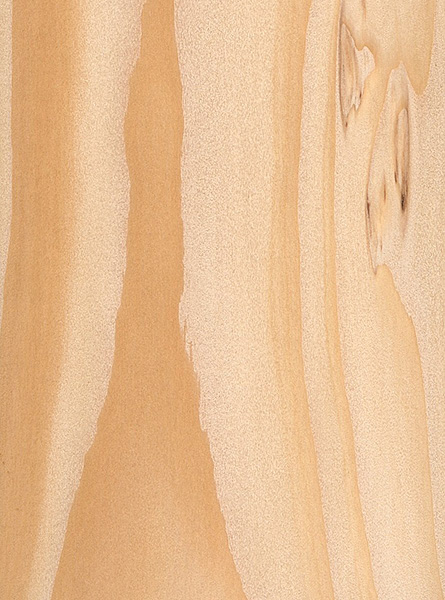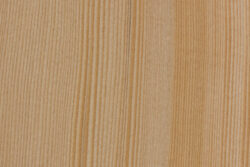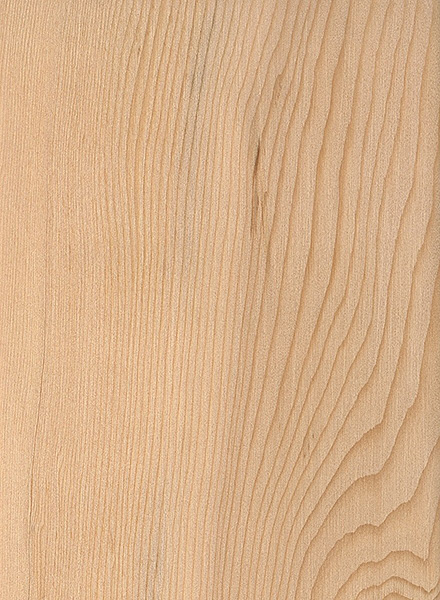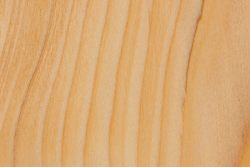Common Name(s): Hemlock
Distribution: Temperate areas of North America and Asia
Genus Size: 10 species
Mechanical Characteristics: Low density and hardness; generally good strength-to-weight ratio.
Visual Characteristics: Generally very light-colored reddish heartwood that isn’t well demarcated from the sapwood.
Identification: Although Tsuga is in the Pinaceae family, hemlocks lack resin canals—except in the case of trauma. Fir (Abies spp.) is difficult to differentiate from hemlock species. Both have similar color, grain, and weight. Both lack resin canals and have little to no discernible scent. Spruce (Picea spp.) and pine (Pinus spp.) are two similar-looking softwoods that can also be confused with hemlock. However, these two genera both feature resin canals (and pine has a distinct odor), which helps to separate them from hemlock.
Comments: Although botanical names are usually derived from Latin, the name tsuga is actually the Japanese name for hemlock, referring more specifically to southern Japanese hemlock (Tsuga sieboldii).
The English name hemlock stems from the similarity of the scent of the foliage to the completely unrelated poison hemlock (Conium maculatum)—the plant that killed ancient Greek philosopher Socrates. Tsuga foliage however, despite a few reports of causing mild allergic skin irritation, is not poisonous.
Hemlock tends to have poor decay resistance. Some species are mixed with fir species (Abies genus) and used in construction under the label “HEM/FIR.”
Related Content:

